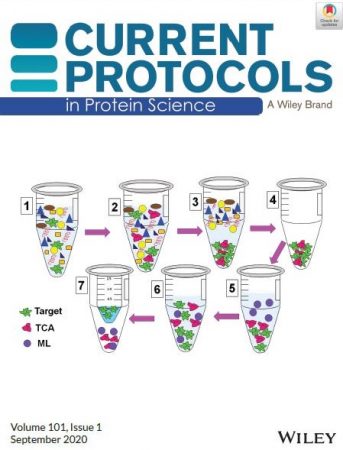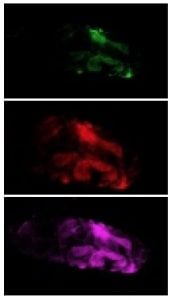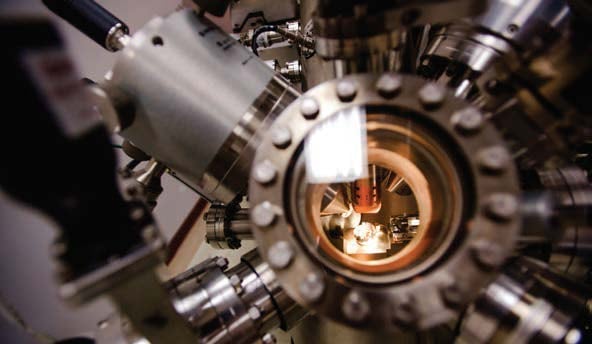
Kathryn Perrine (Chem) presented an invited talk on electrochemical surface corrosion, “Surface Chemistry and Catalysis at Complex Interfaces using PM-IRRAS,” at the #ChemistsLive, an American Chemical Society Cross-Division Virtual Live event Friday (Sept. 25) in the Ambient Pressure Spectroscopy in Complex Chemical Environments session (Catalysis Division).
This event followed the ACS Fall 2020 virtual National Meeting where graduate students of the Perrine group, Mikhail Trought and Chathura de Alwis, also presented their research on surface oxidation.






